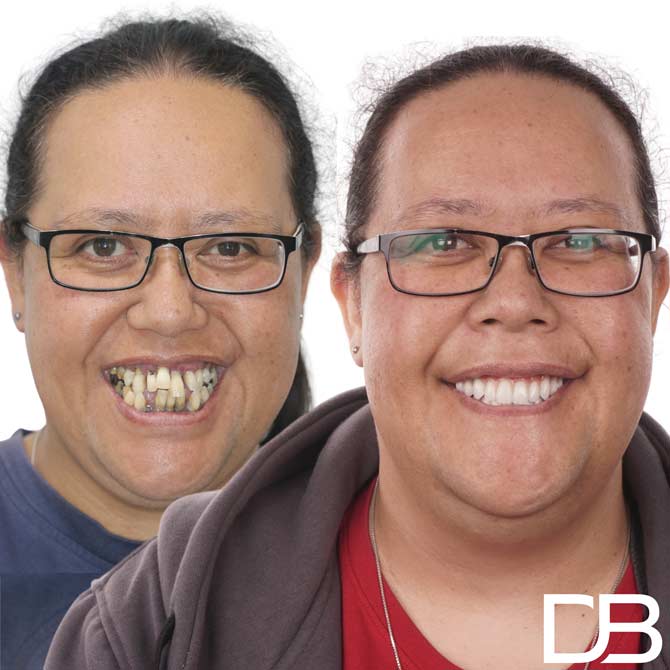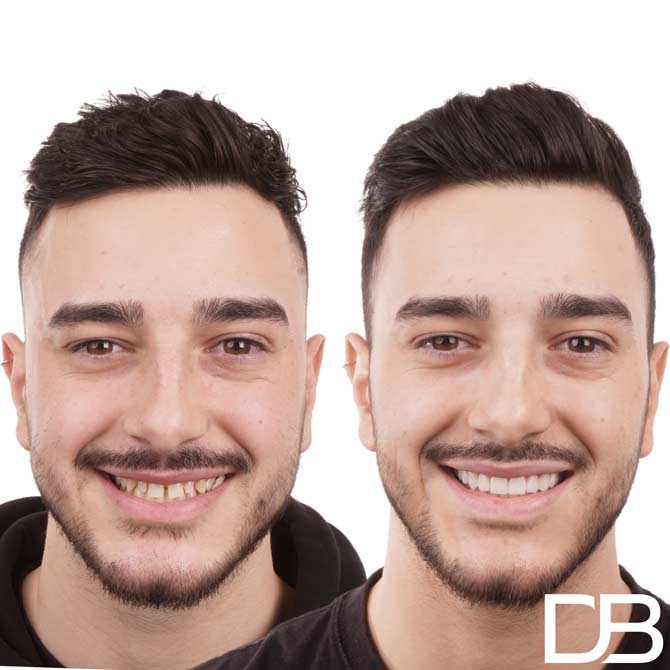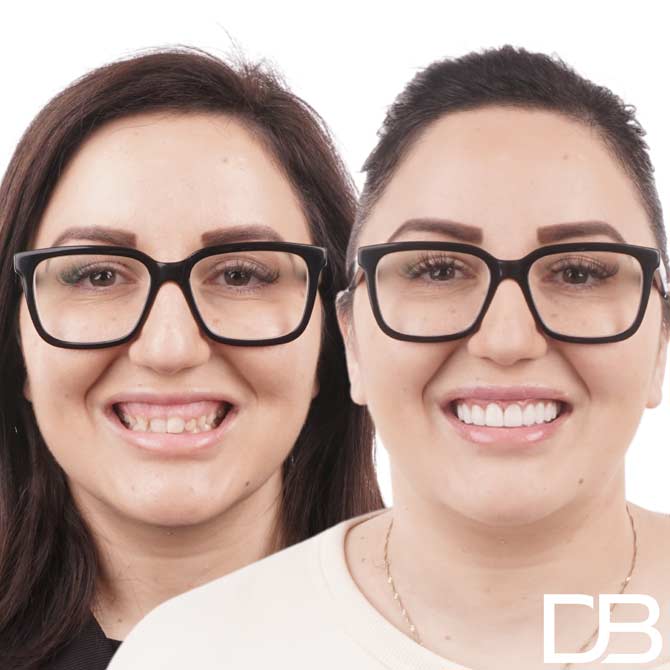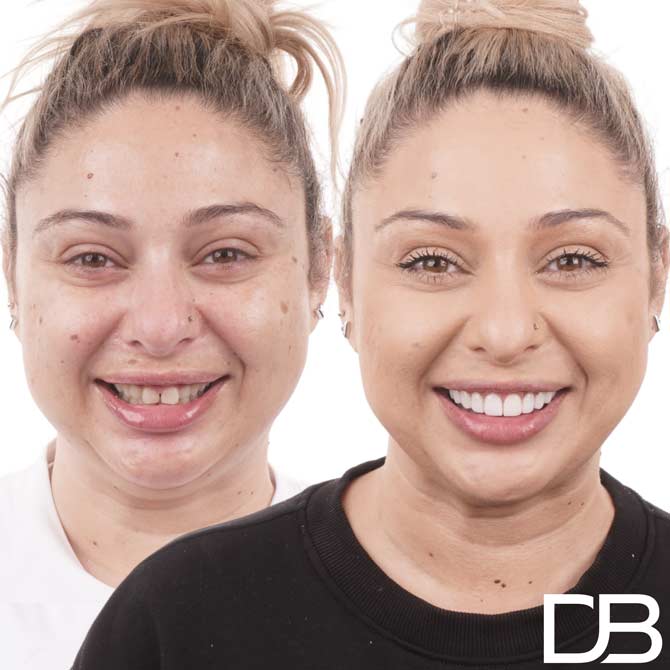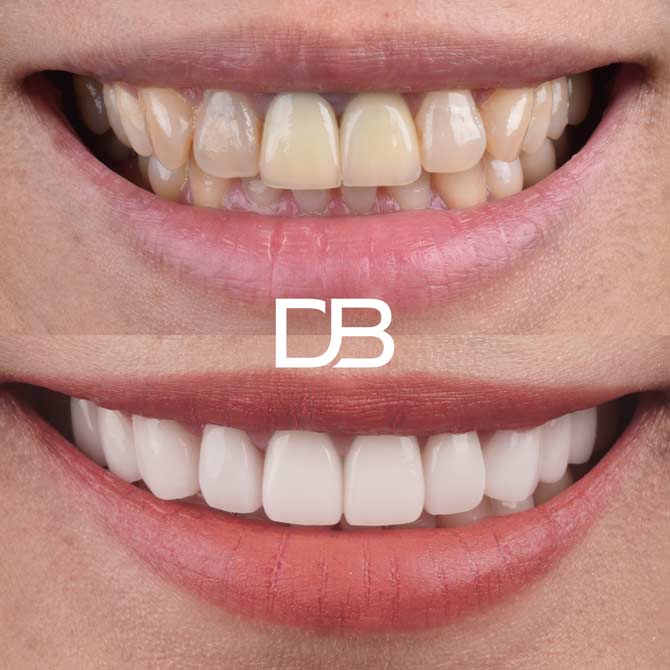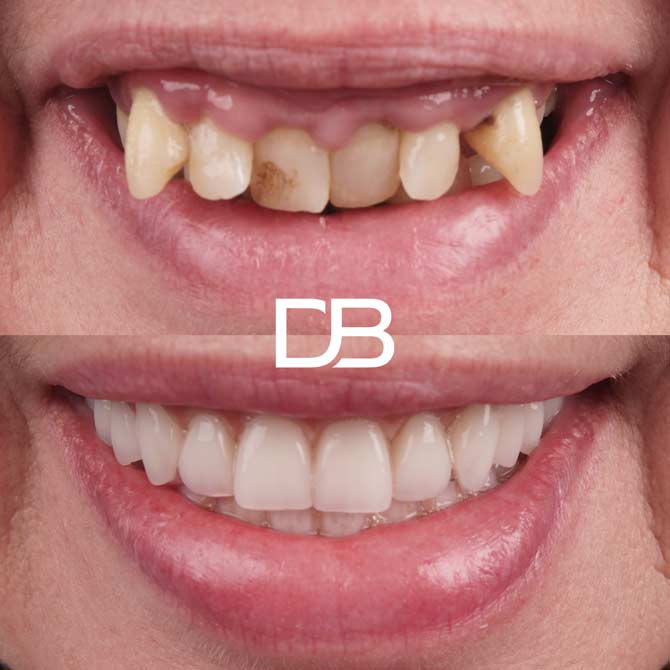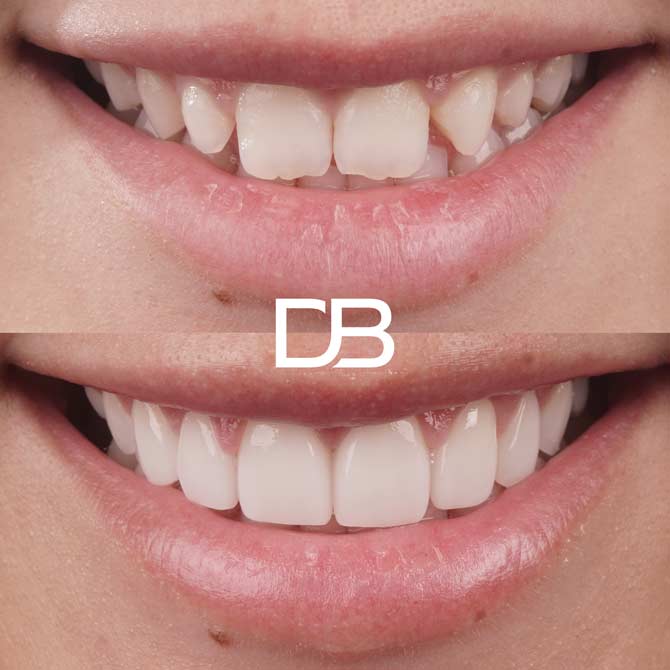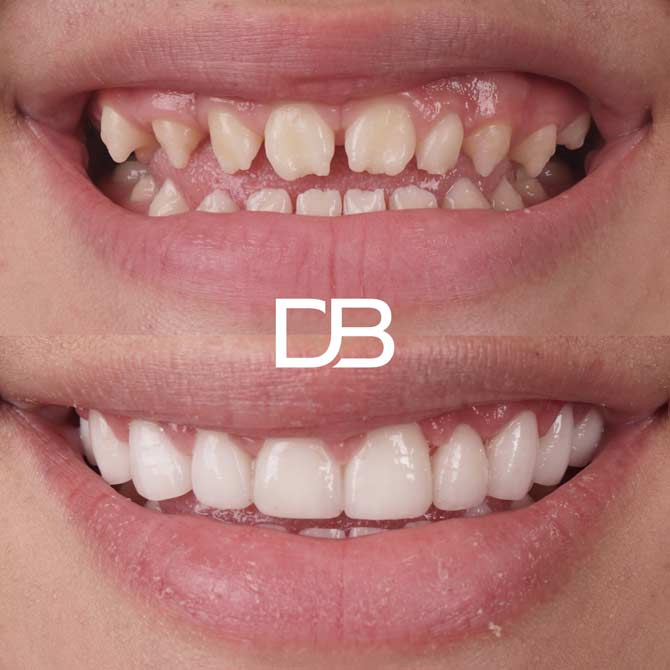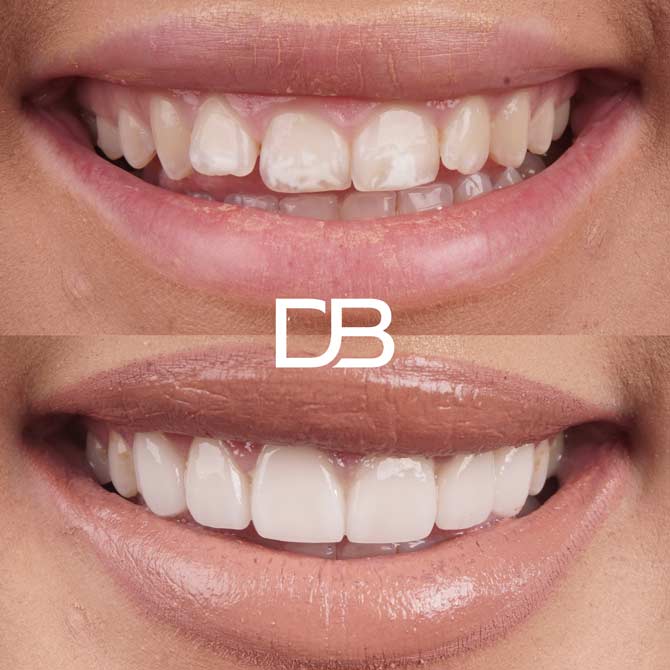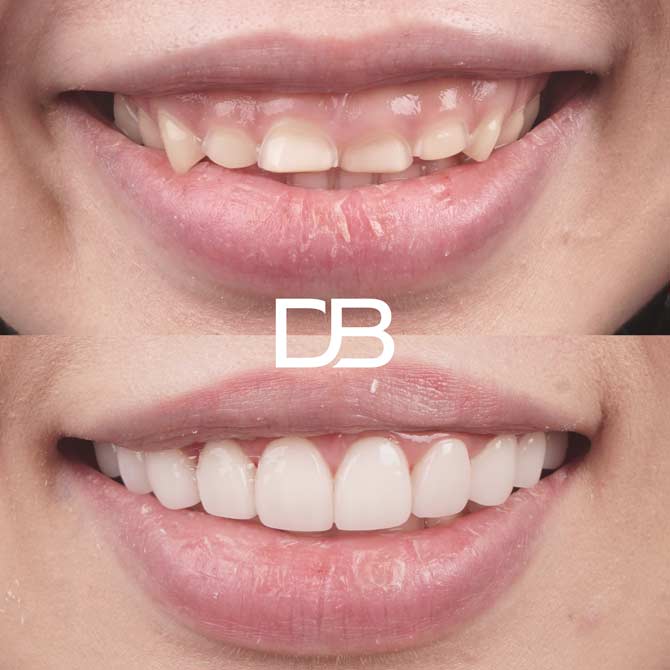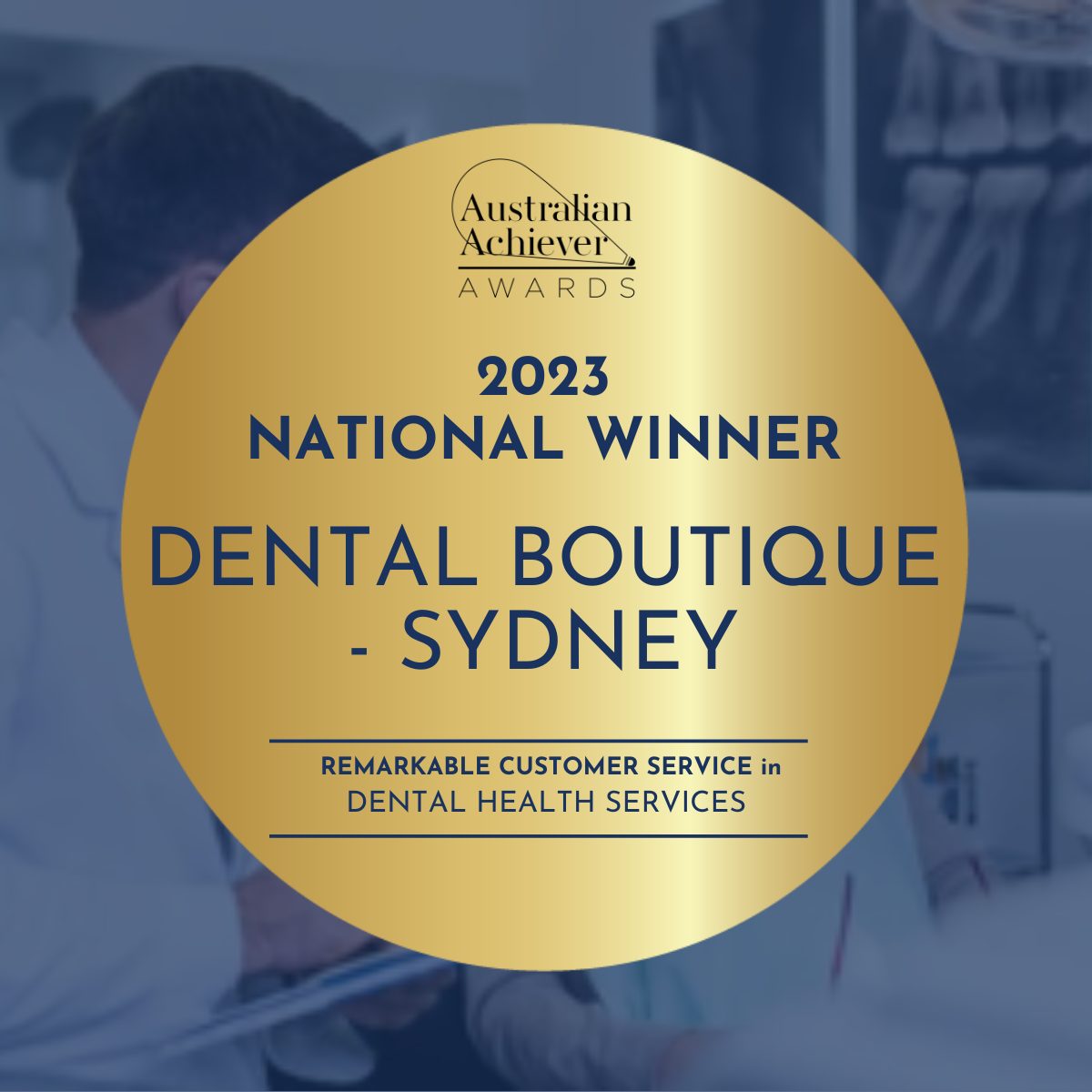Want healthy teeth? You need to floss
Flossing is the all-too-often neglected part of dental hygiene and as experts explain, you could end up paying dearly for skipping this essential daily routine.
From the moment most Australians have teeth, the message is received loud and clear to brush them twice daily.
But dentists are keen for the message to floss frequently is just as loud and well received.
Dental Boutique principal dentist Dr Reuben Sim explains any food that remains between teeth attracts bacteria, which then produces acid, wearing away at the tooth’s enamel.
“The problem is that you don’t necessarily feel all of that plaque between your teeth, but it actually produces this acid that leads to holes and cavities,” Dr Sim says.
“Brushing only cleans the top, side and back of teeth but not in between so flossing is really imperative for the preservation of teeth.”
- Pearly whites: 10 surprising dos and don’ts of good dental health
How flossing supports healthy gums
Australian Dental Association oral health promoter Dr Mikaela Chinotti says flossing is crucial for the health of your teeth as well as gums.
“Gums hold your teeth in place, so maintaining their health is very important,” Dr Chinotti says.
“No matter how well you use your toothbrush, you’ll find you haven’t found all the bacteria and debris without flossing.”
- Take a bite: Foods to eat and avoid for healthy teeth
Different types of floss
Dental Boutique oral health therapist Obie Chan says as flossing becomes more routine the instruments available to floss are broadening, and include:
Tape: A very thin tape is favoured for really tight spaces but remember that flossing is really just wiping the tooth, not being forceful.
Regular floss: It’s like teflon twine that is more thick and strong. Recommended as a good, basic floss procedure.
Interdental brushes: Looks like a bottle brush on a long handle. Best for larger gaps and can be re-used.
Flossette: This U-shape plastic handle with wire between each side is often favoured for children because it’s small, easy to use and children tend to have large gaps.
Water Floss: Sprays water at high pressure, which cleans in between teeth very effectively.
- Dental hygiene: Why healthy teeth are good for your health
Best flossing combinations
Dr Sim says the best floss method is whichever one is best to rid your mouth of food debris.
“There are so many different types of teeth — some have fillings, there are implants, bridges, veneers, natural teeth,” Dr Sim says.
“Every characteristic requires a different type of flossing.
“Sometimes fibres from regular floss can remain in between teeth where there are very tight gaps, which can create more issues, so a combination of water floss and tape is best.”
- Miracle mineral: Why your teeth need fluoride to thrive
Written by Catherine Lambert.


